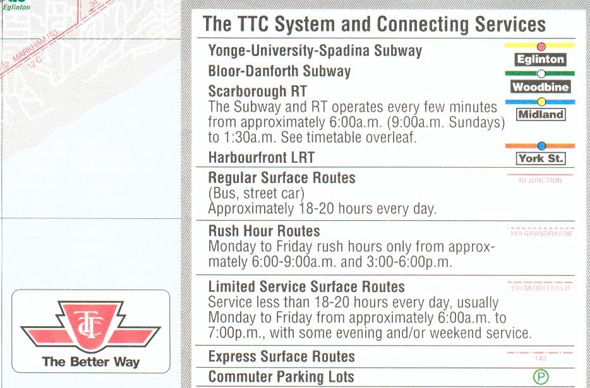W. K. Lis
Superstar
The longest tram in the world is at 56m with 12 sections, in Budapest.
Note the grass on the right-of-ways. Forbidden by Toronto, apparently, by EMS and fire. We'll see if they allow grass on the Crosstown LRT or not.






